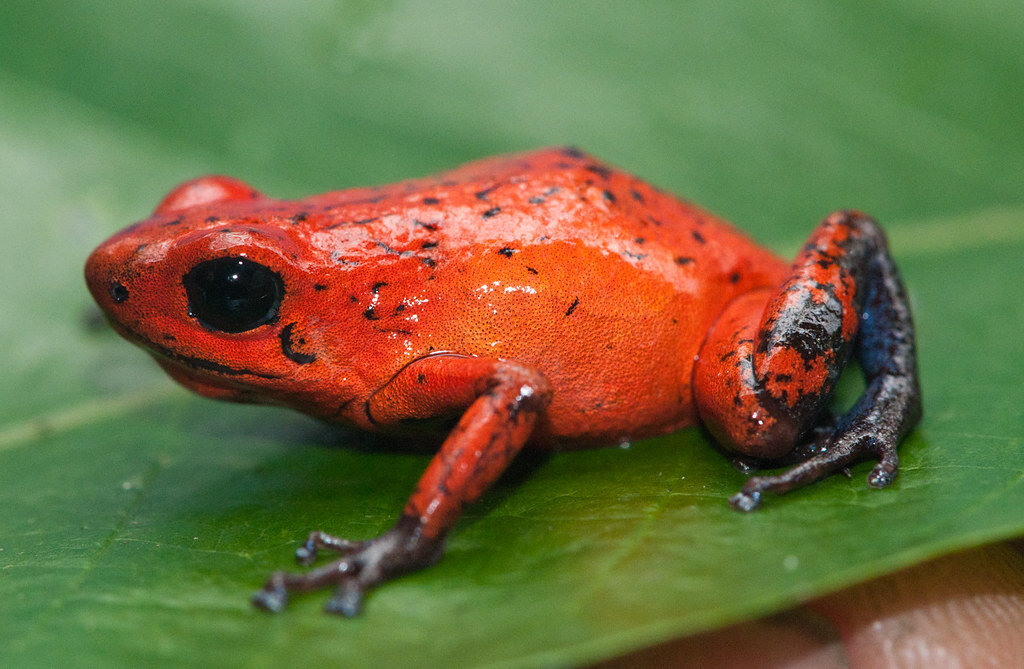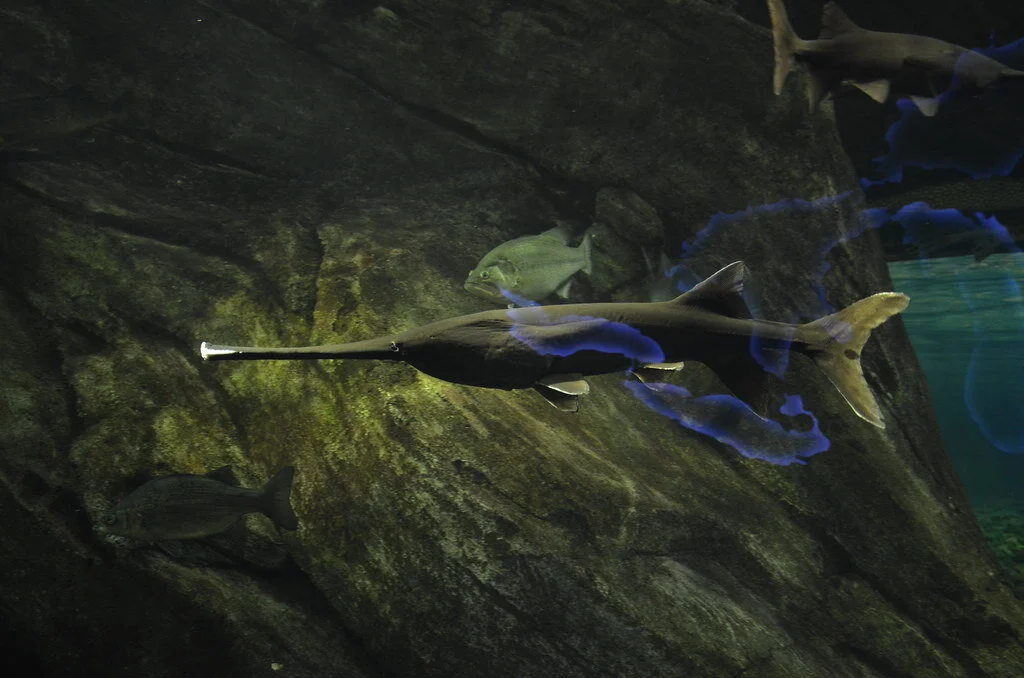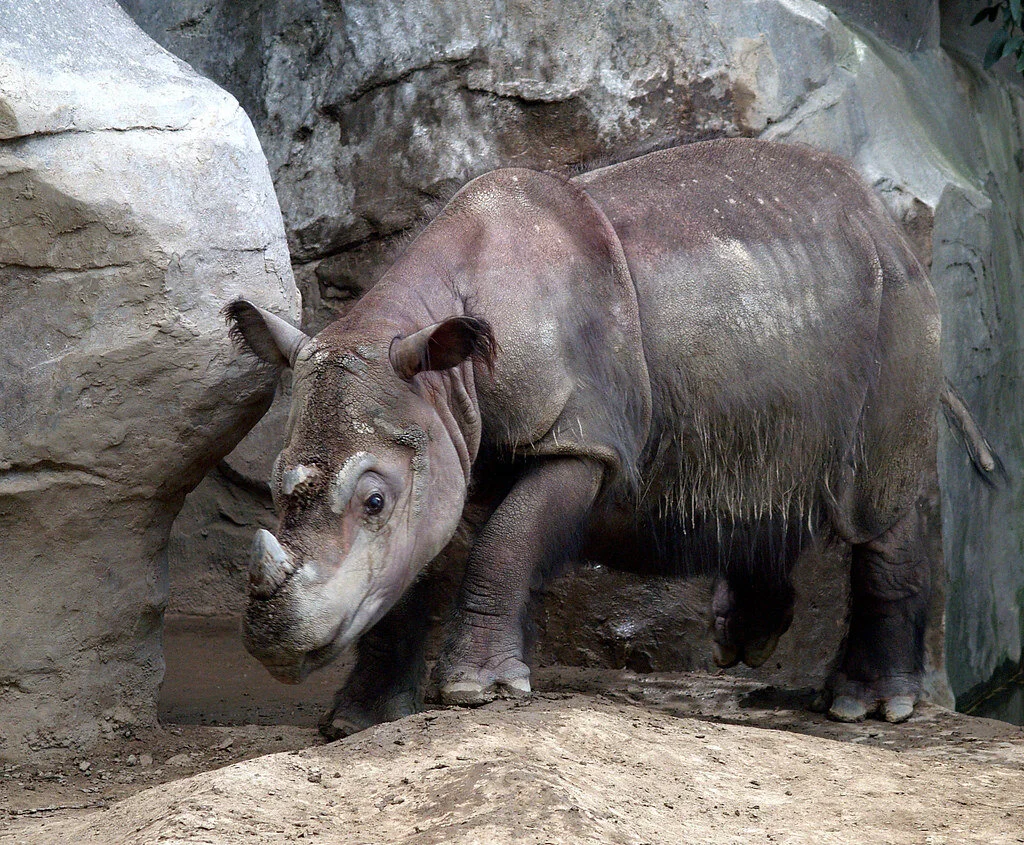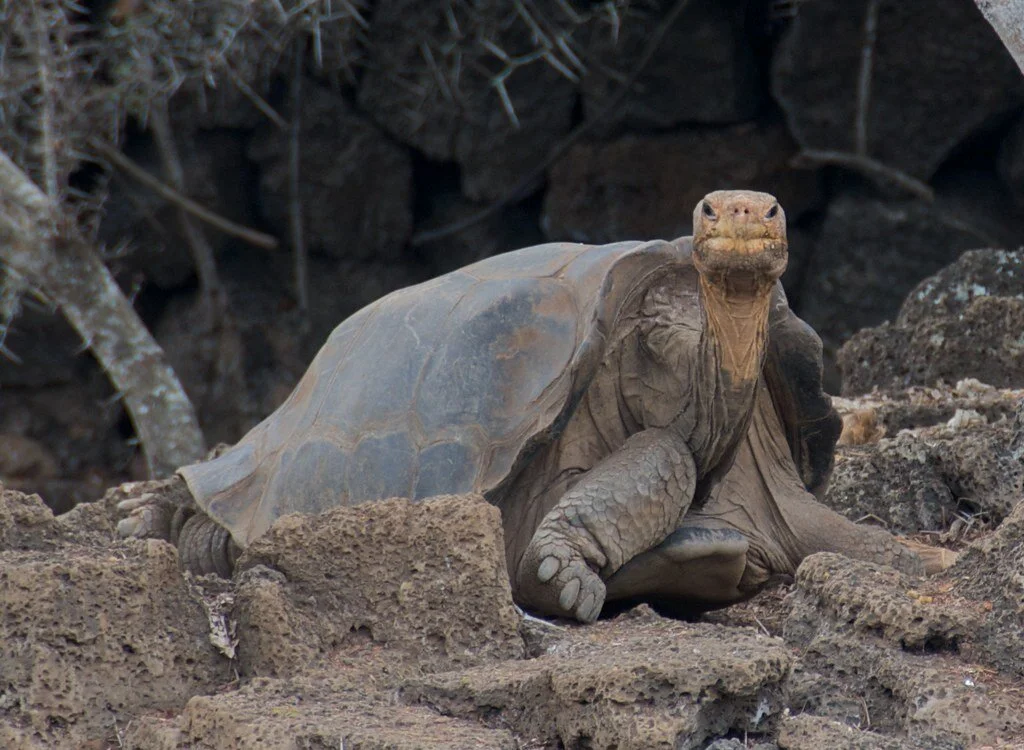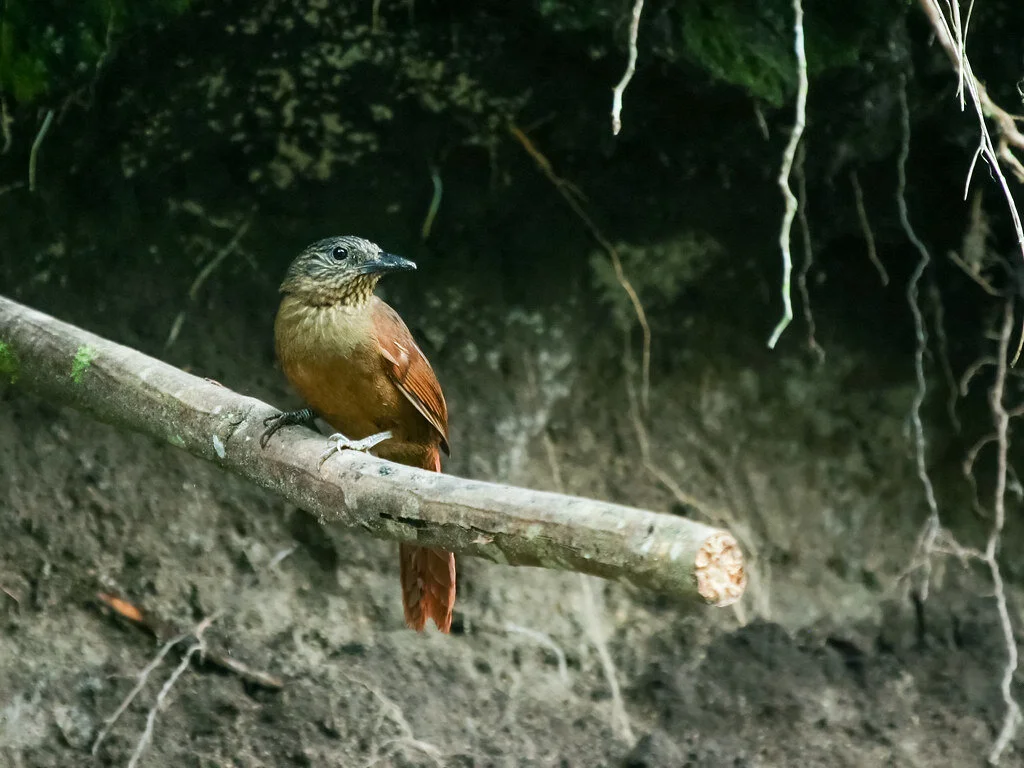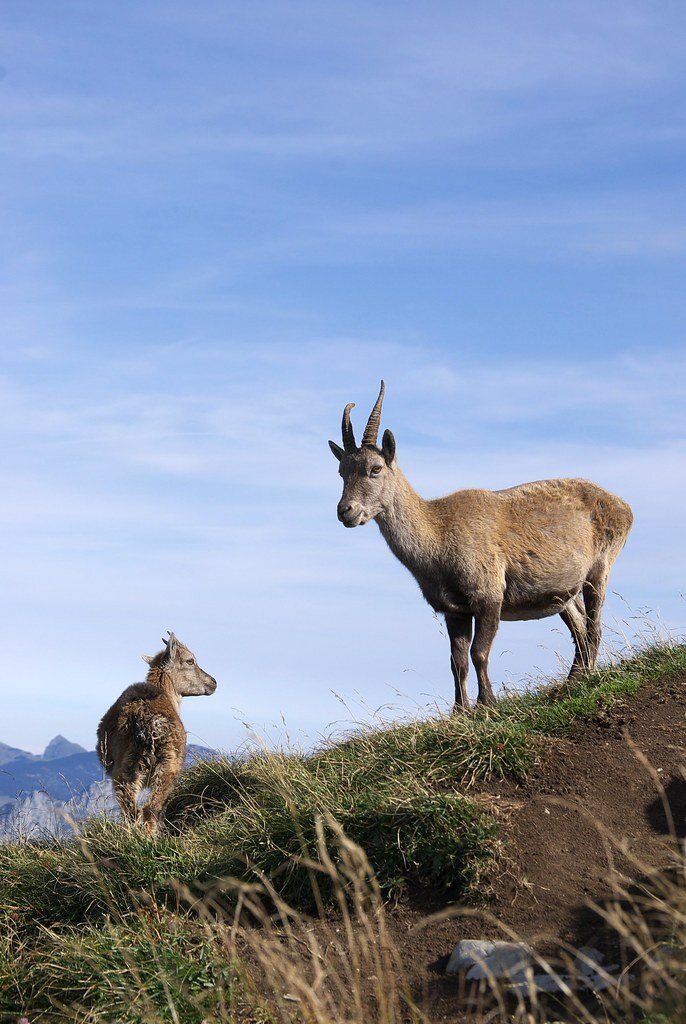Anywhere from 24 to 150 animal species go extinct daily, with human activity as a primary cause. Here are eight animals that have recently gone extinct.
Many animal species have recently gone extinct at the hands of humans, which should be a wake up call about how our actions can harm wildlife and the environment. Learn about these eight recently extinct animals to see what you can do to help.
Poison Arrow Frog (Dendrobatidae). Jerry Kirkhart. CC BY 2.0.
1) Splendid Poison Frog
The IUCN added the splendid poison frog to the Red List of Endangered Species in 2004 and officially declared the species extinct in 2020, making it one of the most recently extinct species on the planet. These frogs are often referred to as poison arrow or poison dart frogs, and they are the brightest colored frogs in the world. Splendid poison frogs’ diets cause them to secrete toxins from their skin, and their bright colors warn predators of their toxicity. While the species lived in the humid lowlands and forests of western Panama, deforestation and habitat degradation severely harmed these areas and threatened the frogs. Human invasion such as with logging and construction in the area decreased the species’ population significantly.
2) Chinese paddlefish
Like the baiji dolphin, the Chinese paddlefish (also known as the Chinese swordfish) was most commonly found in the Yangtze River and was one of the largest freshwater fish in the world. This ancient fish species has lived since the Lower Jurassic period and survived the mass extinction that killed off the dinosaurs and many reptiles. Yet, the biggest threat to their existence was human activities. In the 1970s and 80s, overfishing and construction severely decreased the species’ population size. By 1993, this disruption caused the fish to become functionally extinct, which meant that the species lacked the numbers to meaningfully reproduce. The species has not been spotted since 2003, and it was officially declared extinct in 2020.
Sumatran rhino. David Ellis. CC BY-NC-ND 2.0.
3) Sumatran Rhino
Sumatran rhinos—also known as Asian Two-Horned Rhinos—are the smallest and most endangered rhino species in the world. They generally live for between 35 and 40 years, and their habitat is the dense tropical forests mainly on the Indonesian island of Sumatra. Due to poaching, the species’ numbers have decreased more than 70% over the last 20 years. The Sumatran rhino was officially declared extinct in mainland Malaysia in 2015 and in Malaysian Borneo in 2019. The last Sumatran rhino died in 2019.
4) Pinta giant tortoise
In 2012, “Lonesome George,” the world-famous tortoise, passed away at the estimated age of 100 years. George was the last remaining land tortoise from Pinta Island, a northern island in the Galapagos, and lived at the Charles Darwin Research Station since he was found in 1971. Most of his species went extinct because they were used as an onboard food source for 19th-century whalers, as well as due to habitat destruction. The Galapagos National Park searched for a mate for George for over three decades to try to save the Pinta subspecies, but they could not find one. When George passed away in 2012, the Pinta subspecies passed with him.
Black rhino. Corrie Barklimore. CC BY 2.0.
5) Western black rhino
The western black rhino, which was the most uncommon of the black rhino subspecies, went extinct in 2011. In the past, the species had a large range across central and western Africa, but it was not able to survive in the 20th century. Hunting for sport quickly decreased rhino populations, and industrial agriculture cleared rhino habitats to make fields and settlements. In addition, between 1960 and 1995, 98% of black rhinos were killed by poachers. By 1980, the western black rhino’s range had shrunk to only two countries: Cameroon and Chad. The species’ population had fallen to about 10 rhinos by 1997. Due to this, the International Union for Conservation of Nature added the species to the critically endangered species list in 2008, and declared them extinct in 2011.
Baiji, Lipotes vexillifer. CC BY-SA 4.0
6) Baiji
Commonly referred to as the Yangtze River dolphin, Baiji is the first dolphin species to become extinct because of human activity. The Yangtze River was the Baiji’s home for 20 million years, and it only took humans 50 years to completely wipe them out. The Baiji’s ability to communicate, navigate, avoid danger and find food became very challenging as the river became noisier and noisier due to humans. In 2006, researchers embarked on a six-week journey on the river for over 2,000 miles to search for the Baiji, but they were not able to detect any existing dolphins. They were declared extinct in 2007.
Treehunter. Nick Athanas. CC BY-NC-SA 2.0.
7) Cryptic treehunter
There have been no records of the cryptic treehunter since 2007, mainly due to extensive habitat loss in its region, Brazil. Cryptic treehunters were usually found in grasslands, woodlands and humid forests. Logging and conversion of forest to sugarcane plantations and pastureland was a major reason for the species’ decline. Some scientists believe that the species has not completely vanished due to their incredible hiding abilities, but since one has not been seen since 2007, it is unlikely.
Bouquetin—the French name for Pyrenean ibex. Jean-Raphaël Guillaumin. CC BY-SA 2.0.
8) Pyrenean ibex
Once a large population which roamed across France and Spain, the Pyrenean ibex is one of two subspecies of the Spanish ibex that was declared extinct in 2000. The last Pyrenean ibex died in January of 2000 when a falling tree killed her. After she died, scientists took skin cells from her ear and preserved them in liquid nitrogen. In 2003, her DNA was cloned into a new ibex, becoming the first species to be “unextinct.” However, the clone died minutes after it was created due to lung issues. Scientists suspect that the species went extinct due to poaching, disease and competition for food.
Isabelle Durso
Isabelle is an undergraduate student at Boston University currently on campus in Boston. She is double majoring in Journalism and Film & Television, and she is interested in being a travel writer and writing human-interest stories around the world. Isabelle loves to explore and experience new cultures, and she hopes to share other people's stories through her writing. In the future, she intends to keep writing journalistic articles as well as creative screenplays.

